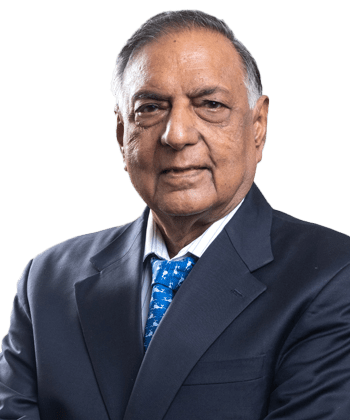 Dr. Vijay Arora
Dr. Vijay Arora
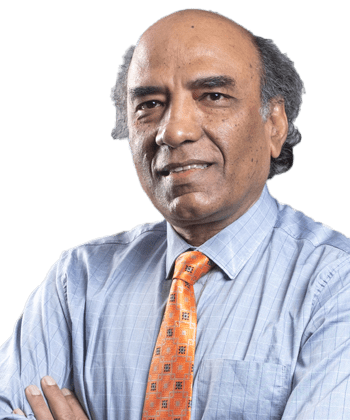 Dr. B.B. Agarwal
Dr. B.B. Agarwal
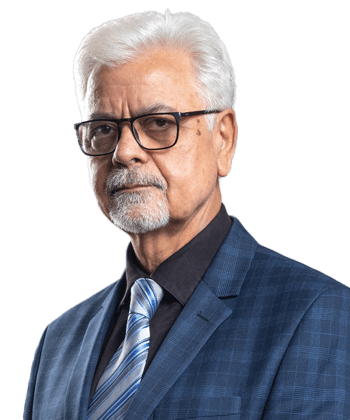 Dr. Vinod K. Malik
Dr. Vinod K. Malik
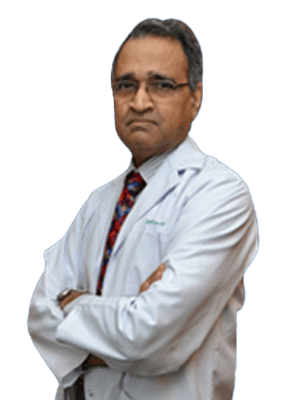 Dr. Rathindra Sarangi
Dr. Rathindra Sarangi
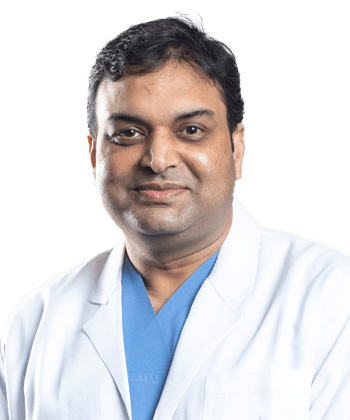 Dr. Manish Kumar Gupta
Dr. Manish Kumar Gupta
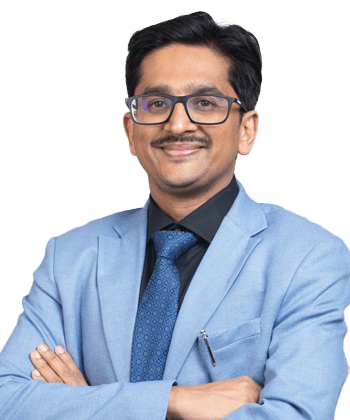 Dr. Tarun Mittal
Dr. Tarun Mittal
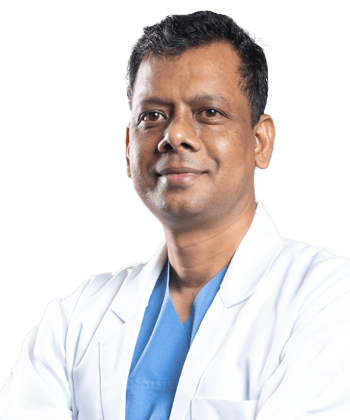 Dr. Srikrishna Das
Dr. Srikrishna Das
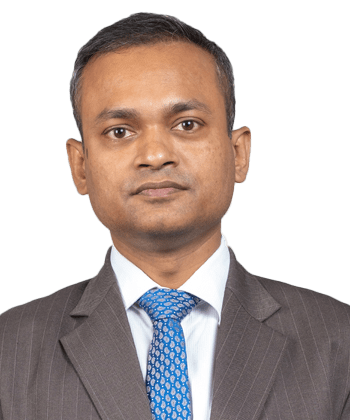 Dr. Ashish Dey
Dr. Ashish Dey
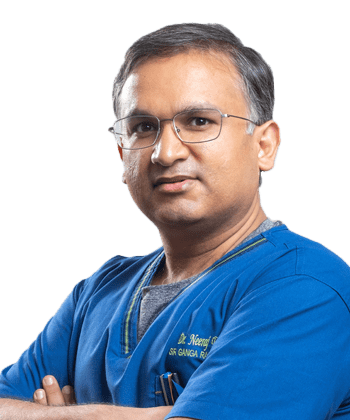 Dr. Neeraj Dhamija
Dr. Neeraj Dhamija
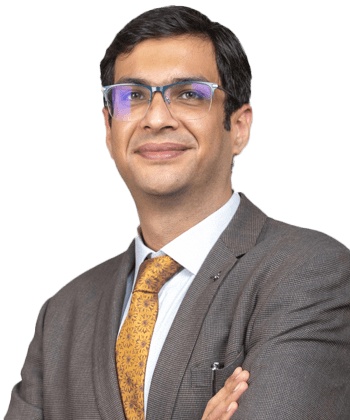 Dr. Anmol Ahuja
Dr. Anmol Ahuja
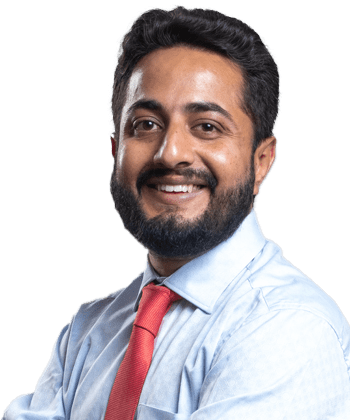 Dr. Vasu Vashishtha
Dr. Vasu Vashishtha
 Dr. Vikarm Singh
Dr. Vikarm Singh
The Department of Laparoscopic, Laser and General Surgery is regarded as the mother of all surgical specialties and continues to hold its own pride of place even in the face of stiff competition from its own ‘progeny’. Our department is a pioneer in the enhancement of patient safety and safe surgical practices. The thrust of the consultants in the department is on complex abdominal surgeries, laparoscopic surgery, colo-rectal surgery, thyroid surgery, breast surgery, pelvic fl oor surgery, robotic surgery, bariatric surgery, minimally invasive (laparoscopic and robotic) GI and HPB surgery and minimally invasive thoracic surgery. Our department has year round academic events for the benefi ts of surgical fraternity. Free colo-rectal and obesity camps are also organized annually by the department. The annual spring meet, attended by international leaders, is a regular and much awaited event. Hernia and bariatric fellowship and observership courses are a regular feature in the department.
The department consists of three units that specialize in a wide repertoire of surgical cases. Newer innovations in the fi eld of surgery result ultimately in better clinical outcome and patient satisfaction. Highlights of the department’s surgical repertoire can be briefl y summarized into the following. Laparoscopic (keyhole) surgery: The Department of Laparoscopic, Laser and General Surgery pioneered the start of laparoscopic surgery in the institution in 1991 and maintains its leadership due to continuous internationally acclaimed innovations and development of new techniques. Laparoscopy has allowed surgeons to perform the same procedures as in traditional open surgery, using small incisions with equivalent operative outcome and enhanced patient recovery. The department has been internationally recognized as a pioneer in enhancing the safety of laparoscopic surgeries. Our efforts in pioneering the safe use of energy sources have been internationally acceptable and acclaimed. The department has been a leader in improving the technique of laparoscopic ventral hernia repair. The department pioneered the concept of functional reconstruction of abdominal wall by midline restoration. This has been internationally recognized and has become a part of international guidelines for ventral hernia repair. Minimal access techniques for removal of breast lesions have also been performed for the fi rst time in Asia in our department.
Colo-rectal surgery: Our department has been the torch-bearer for recent advances in colo-rectal surgery. The highlights of colo-rectal surgeries are development of newer investigations and therapeutic techniques in the surgeries for piles, fi ssures and fi stulas, rectal prolapse and for other benign and malignant colo-rectal diseases. It was a birthplace for new procedures to be introduced in Asia like STARR, POPSTARR, Trans-STARR and pelvic fl oor surgery.
Bariatric (weight-loss) surgery: Obesity is a multifactorial disease due to accumulation of excess fat in the body and results in a spectrum of problems ranging from mild overweight to severe obesity. With the epidemic of obesity no longer confi ned to the West, the demand for bariatric surgery has been on the increase. The focus is on laparoscopic Roux-en-Y gastric bypass and sleeve gastrectomy. Weight loss surgery is almost guaranteed to help you lose weight, but like all good tools, it works best in the hands of a worker who is well trained.
Minimally invasive thoracic and foregut surgery: Thoracoscopy is a minimally invasive diagnostic technique that provides access to the thoracic cavity for evaluation of intrathoracic pathology without surgical intervention. Thoracoscopy provides minimally invasive access to important diagnostic information on thoracic diseases with a very low incidence of complications. Oesophageal cancers, lung cancers and stomach cancers can be treated through this technique.
Minimally invasive GI and HPB surgery: Our department is actively doing all advanced minimally invasive both laparoscopic and robotic GI surgical procedures for benign and malignant diseases. The department took the fi rst step in India to apply robotic surgery in the pancreatic domain. It is a fi rst department to regularly do robotic pancreaticodudenectomy. The aim is to enhance the recovery after complex abdominal procedures with best oncological outcomes.
Hernia surgery: With the global interest in abdominal wall reconstruction to treat wide complex hernias, renewed interest in hernia surgeries has brought AWR to the forefront. Patients with complex recurrent hernias are being treated both by minimally invasive techniques as well as open methods for optimal outcome and promising long-term results.
Laser: The department has newly acquired LASER for treatment of multiple disorders including pilonidal sinus, haemorrhoids and fi stula surgeries with encouraging results and good patient outcomes. Also a VAAFT machine has been procured for minimally invasive techniques for anal fi stula treatment and put to good use.
Three special clinics are also being conducted in the Department of Laparoscopic, Laser and General Surgery. These are: breast clinic, colo-rectal clinic and thyroid and parathyroid clinic.
Postgraduate teaching and research: The department has been the pioneer of DNB programme and is considered to be one of the best centres for postgraduate training in the fi eld of surgery. We have an annual intake of three postgraduate students based on the selection process of the National Board of Examinations. We have an excellent academic teaching programme and have always been at the forefront as far as publications and presentations in various academic forums and conferences are concerned. Consultants from the department are examiners as well as inspectors of various DNB programmes across the country, thus contributing greatly towards academic and research training.
Our department is the cradle of education for various surgical subspecializations. It is one of the highest research-driven department, having a large number of peer-reviewed international publications including editorials. The department places the conduct of academic discussions for postgraduate students high on its list of priorities. Weekly seminars and clinical case presentations, medico-surgical and clinical combined rounds and ward rounds are religiously followed. Regional and state conferences are also organized by the department along with the Delhi State Chapter and Association of Surgeons of India. Notable among these are the recently conducted Dr K.C. Mahajan Annual CME 2017 and the SURGICON 2015, which were attended by a large number of postgraduates and faculty not only from NCR but also from neighbouring states and also across the country.
The department also conducts Dr K.C. Mahajan PG Surgical Forum classes for the fi nal year exam-going students of Surgery under the banner of ‘DNB Surgical Forum’. It includes clinical bedside teaching and facilitates the students to brush up their clinical skills and undergo a ‘proxy’ exam before their practical exams. By being able to present clinical cases bedside with patients in front of reputed teachers who are or were examiners of DNB or MS fi nal exams they are then better prepared to face the exams with confi dence. Eminent teachers from across reputed medical colleges of Delhi are part of the faculty. The annual ASICON CME 2022 including the 4th Dr K.C. Mahajan Memorial Annual Oration was held successfully on 7–8 May 2022 and was well appreciated by all attendees and faculty.
The department has been a centre for IMRCS examination for many years entrusted by the Royal College of Physicians and Surgeons of Glasgow for organizing the IMRCS-Part 3 examination. It has brought the hospital as well as New Delhi on the international map of surgical training.
Room no. 1317, 3rd A Block, 3rd Floor, Old Builiding, Ext: 1317
E-mail: sgrhsugery@gmail.com
Helpline no: +912066